Turbine CFD Simulation Training Package: 12 Beginner Projects by ANSYS Fluent
$299.00 $149.50 Student Discount
- Gas Turbine Aerodynamics: Intake flow analysis and advanced fogging system evaluation
- Combustion Systems: 2D combustion chamber simulation, diesel fuel adaptation, and methane-air dynamics
- Steam Applications: Complete steam turbine modeling from geometry to performance analysis
- Hydro Turbines: Francis turbine simulation, basic and advanced Kaplan turbine analysis, and Turgo impulse turbine modeling
- Specialized Applications: Bioreactor mixing with Rushton turbine and comparative turbulence modeling (LES vs. k-Omega SST)
To Order Your Project or benefit from a CFD consultation, contact our experts via email (info@mr-cfd.com), online support tab, or WhatsApp at +44 7443 197273.
There are some Free Products to check our service quality.
If you want the training video in another language instead of English, ask it via info@mr-cfd.com after you buy the product.
Description
Master Turbine Simulation: From Fundamentals to Real-World Applications
Are you looking to build expertise in turbine CFD simulation? This comprehensive beginner-friendly package offers 12 hands-on projects using ANSYS Fluent that cover the full spectrum of turbine technologies. Whether you’re an engineering student, researcher, or industry professional, these carefully structured projects will guide you through the essentials of turbine simulation with increasing complexity.
Gas Turbine Simulation Projects
Gas Turbine Intake CFD Analysis
Begin your journey with this foundational project focusing on the critical air intake system:
- Learn proper mesh generation techniques for intake geometries
- Set up appropriate boundary conditions for intake flow analysis
- Analyze flow distribution, pressure drops, and velocity profiles
- Identify potential design improvements for enhanced performance
Air Intake of Gas Turbine Considering Fogging System
Build on your intake analysis skills with this advanced project incorporating evaporative cooling:
- Model multiphase flow with water droplet injection
- Simulate evaporation processes and resulting temperature profiles
- Evaluate fogging system performance under various operating conditions
- Analyze impact on compressor inlet conditions and overall efficiency
Gas Turbine Combustion Chamber 2-D CFD Simulation
Master the fundamentals of combustion simulation with this 2D approach:
- Set up species transport and reaction mechanisms
- Configure appropriate turbulence models for combustion flows
- Analyze temperature distribution, reaction zones, and emissions formation
- Gain practical experience before tackling more complex 3D cases
Diesel Fuel in a Gas Turbine Combustion Chamber
Expand your combustion modeling skills to alternative fuels:
- Model diesel spray atomization and evaporation
- Implement appropriate reaction mechanisms for diesel combustion
- Compare performance metrics against conventional gas turbine fuels
- Analyze emissions characteristics including NOx and particulate formation
Methane-Air Combustion Dynamics in Gas Turbine Combustor
Delve into advanced combustion dynamics with this detailed project:
- Implement detailed chemical kinetics for methane-air reactions
- Analyze flame stability and propagation characteristics
- Study pressure oscillations and potential combustion instabilities
- Evaluate performance across various operating conditions
Steam Turbine Simulation
Steam Turbine CFD Simulation, ANSYS Fluent Tutorial
Master the fundamentals of steam turbine modeling:
- Set up appropriate steam properties using real gas models
- Configure rotating and stationary domains with proper interfaces
- Analyze blade loading, pressure distribution, and efficiency metrics
- Evaluate performance across various operating conditions
Hydro Turbine Projects
Francis Turbine, ANSYS Fluent CFD Simulation Training
Explore the most widely used hydro turbine design:
- Model complex 3D geometry of runner, guide vanes, and draft tube
- Set up rotating reference frames for accurate flow prediction
- Analyze pressure distribution, velocity profiles, and efficiency
- Identify vortex formation and potential cavitation regions
Kaplan Turbine CFD Simulation, ANSYS Fluent Training
Master the simulation of adjustable-blade hydro turbines:
- Model the unique geometry of Kaplan turbine components
- Configure moving mesh techniques for blade adjustment
- Analyze flow characteristics at various blade angles
- Evaluate performance across different operating heads
Kaplan Hydro Turbine Evaluation, ANSYS Fluent CFD Simulation Tutorial
Build on your Kaplan turbine knowledge with advanced evaluation techniques:
- Implement detailed performance analysis methodologies
- Conduct parametric studies for optimization
- Analyze cavitation potential and mitigation strategies
- Compare results with theoretical and experimental data
Turgo Turbine, ANSYS Fluent CFD Simulation Training
Expand your hydro turbine expertise with this impulse turbine design:
- Model the unique jet-bucket interaction of Turgo turbines
- Implement multiphase models for free-surface flows
- Analyze jet impingement and energy transfer mechanisms
- Evaluate performance metrics including efficiency and power output
Specialized Applications
Bioreactor Agitated by Rushton Turbine CFD Simulation
Apply turbine principles to bioprocess applications:
- Model rotating impeller dynamics in a bioreactor vessel
- Analyze mixing patterns and shear distribution
- Evaluate oxygen transfer capabilities
- Optimize impeller design for specific bioprocess requirements
Turbine Vane Flow With LES and k-Omega SST Turbulence Models
Master advanced turbulence modeling techniques for turbine applications:
- Compare Large Eddy Simulation (LES) with k-Omega SST models
- Analyze flow structures with different fidelity approaches
- Evaluate computational requirements and accuracy trade-offs
- Develop best practices for turbulence modeling selection
What You’ll Learn
This comprehensive package will equip you with:
- Foundational skills in setting up various turbine simulations in ANSYS Fluent
- Understanding of different turbine technologies and their unique simulation requirements
- Proficiency in analyzing flow patterns, performance metrics, and efficiency factors
- Experience with both simple and complex geometries across various turbine types
- Knowledge of advanced techniques including combustion modeling and turbulence analysis
Who Should Enroll
- Engineering students looking to build practical CFD simulation skills
- Early-career engineers working in power generation or turbomachinery
- Researchers needing to apply CFD to turbine-related studies
- Industry professionals seeking to expand their simulation capabilities
Begin your journey to becoming a turbine CFD simulation expert with these 12 carefully crafted projects. Each includes step-by-step instructions, ready-to-use simulation files, and comprehensive analysis guidance to ensure your success regardless of your starting experience level.
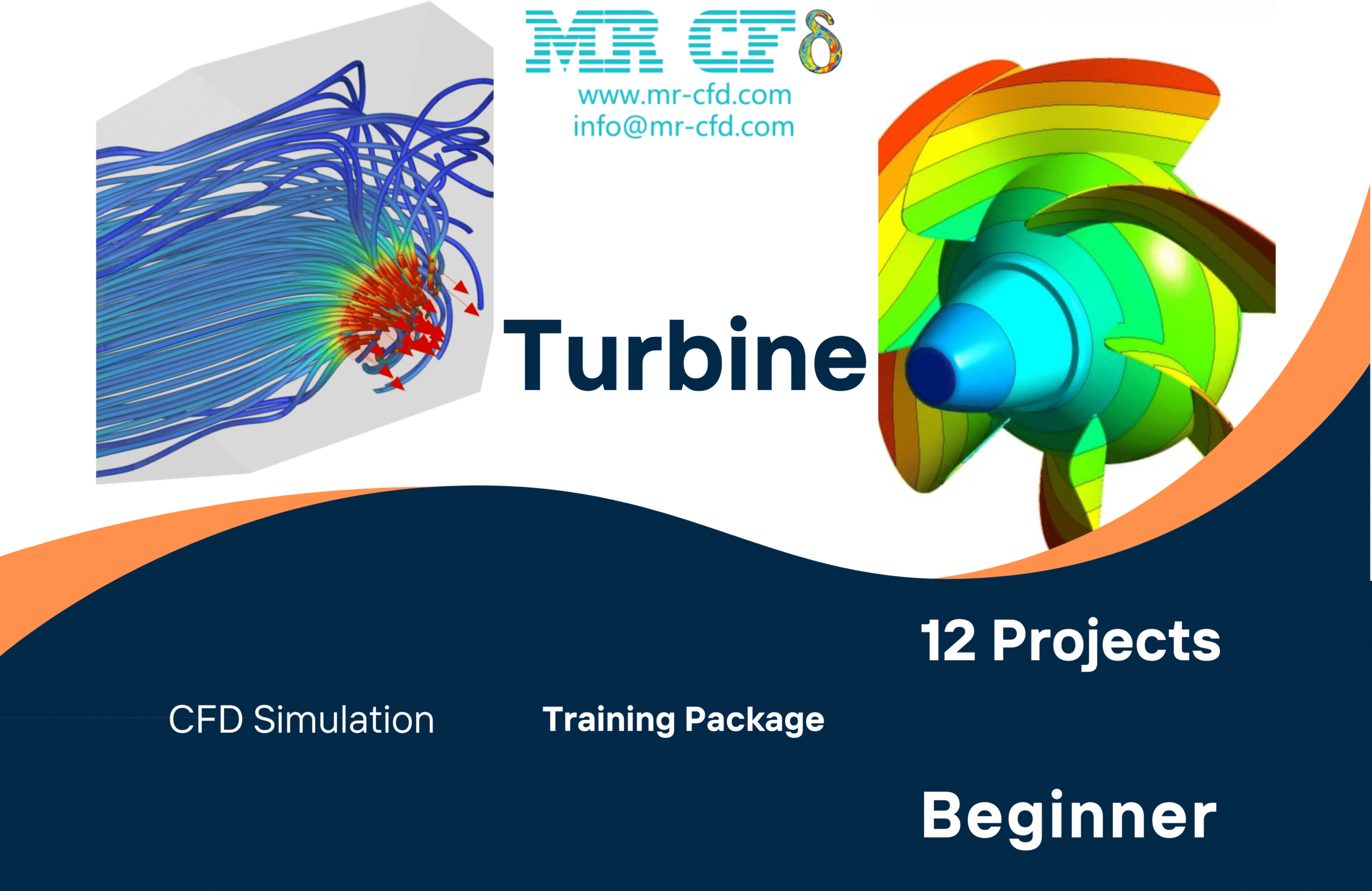
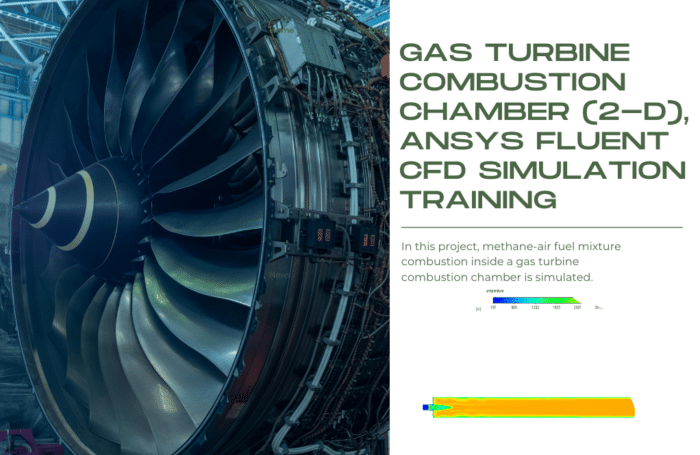
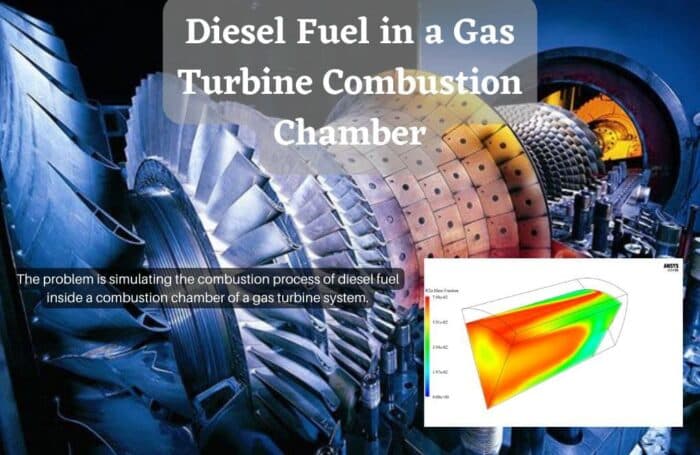
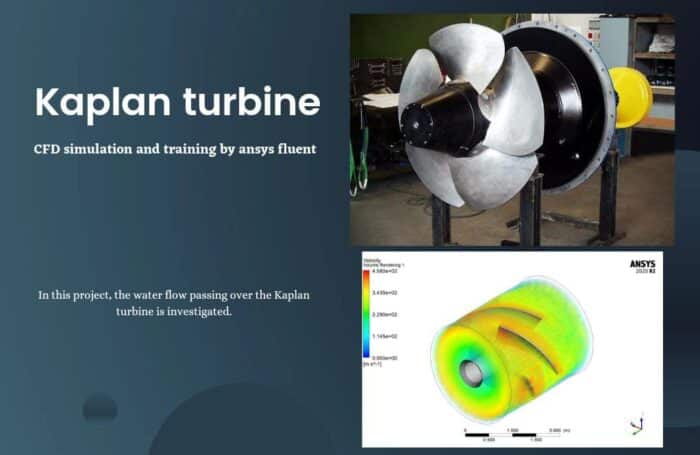
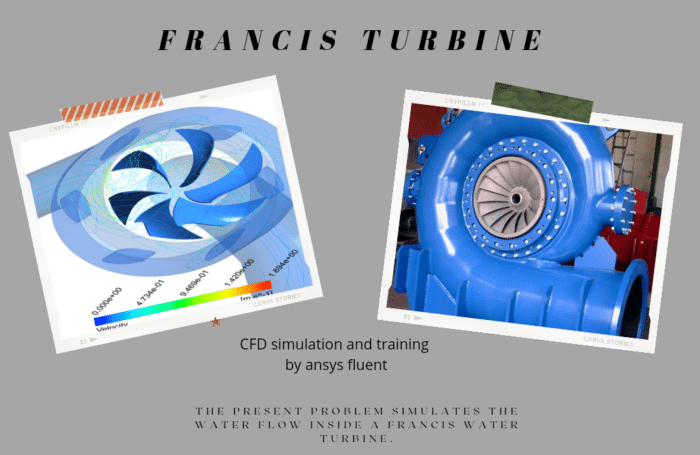
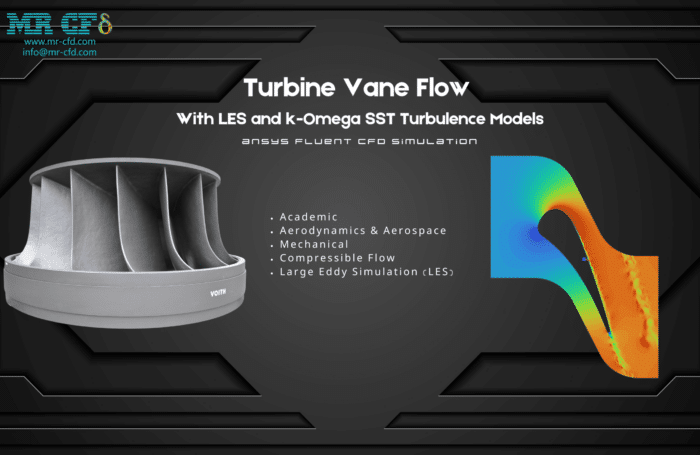
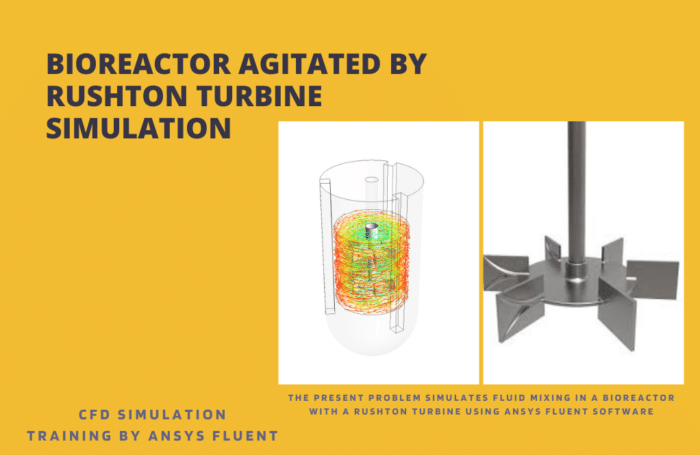
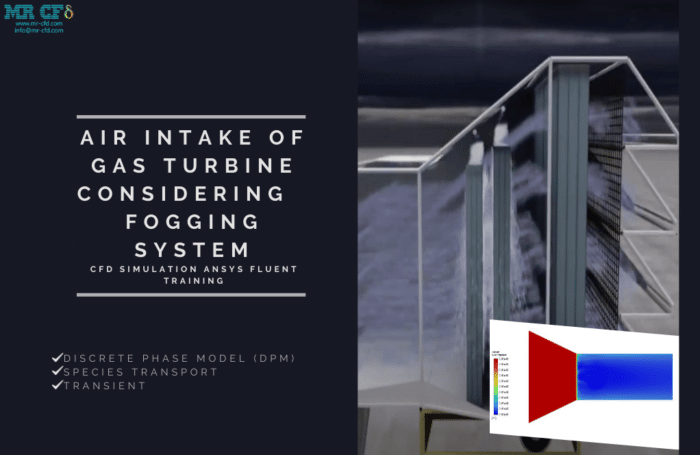
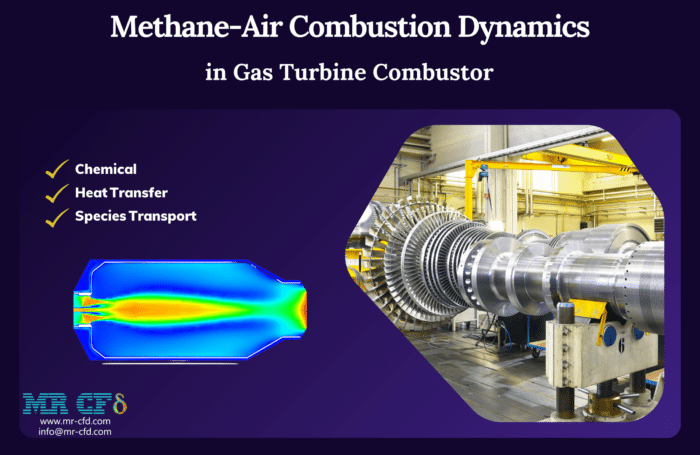
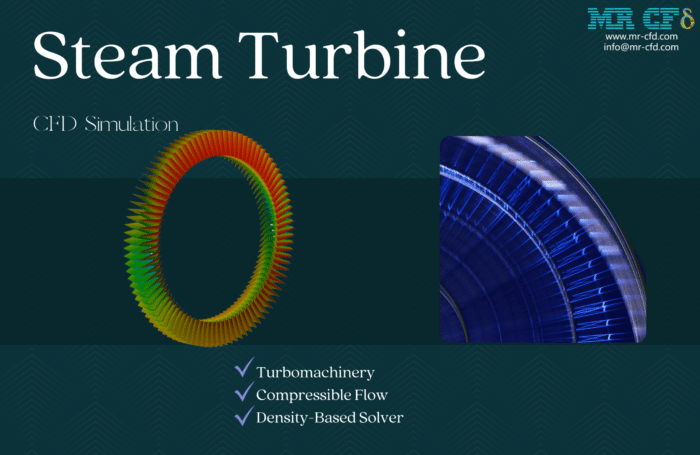
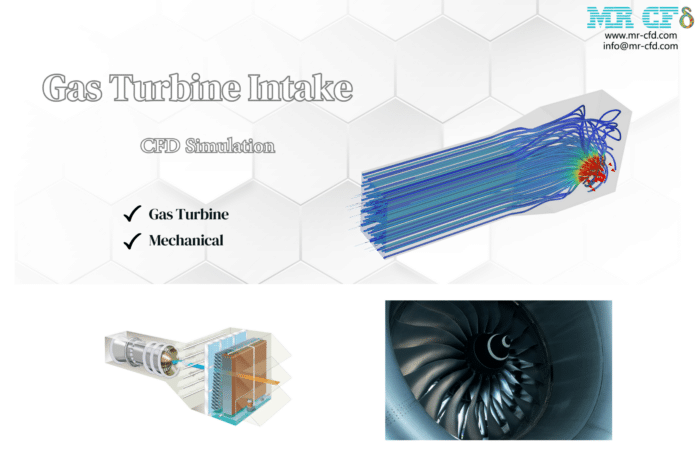
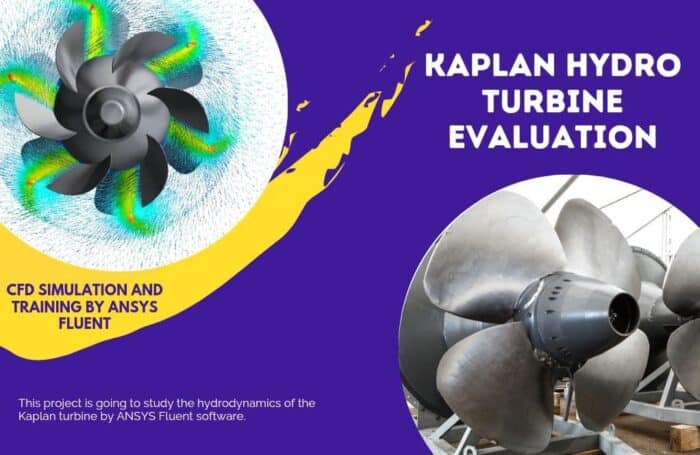
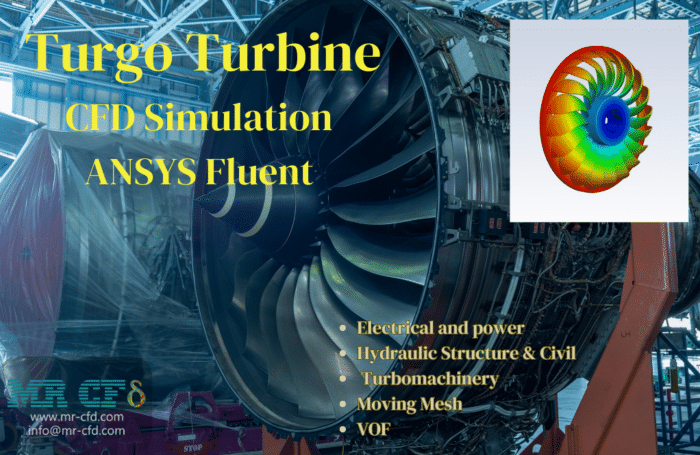
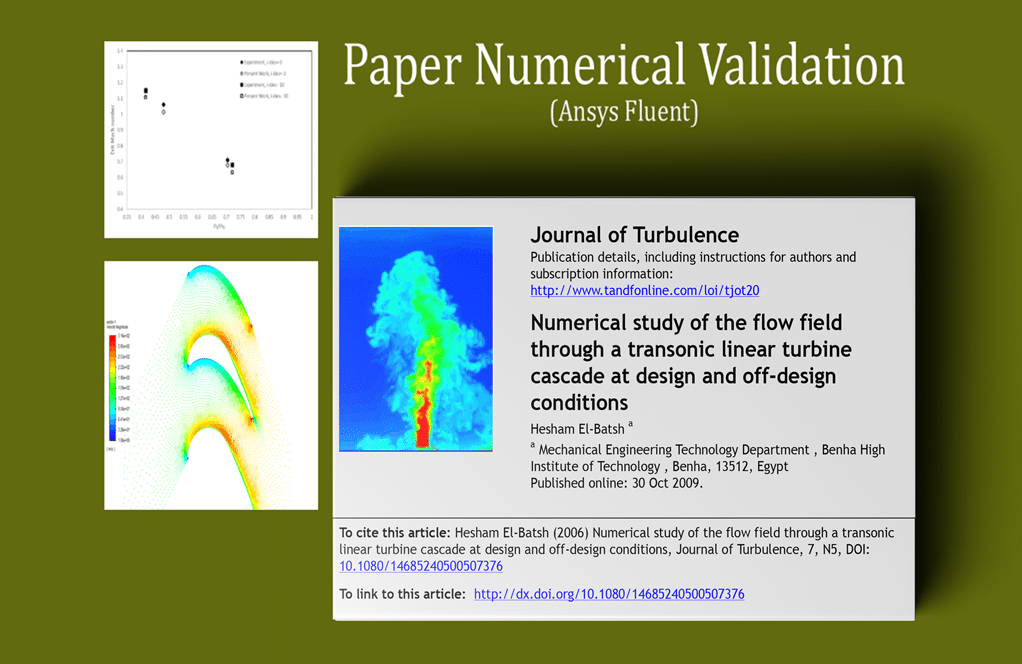
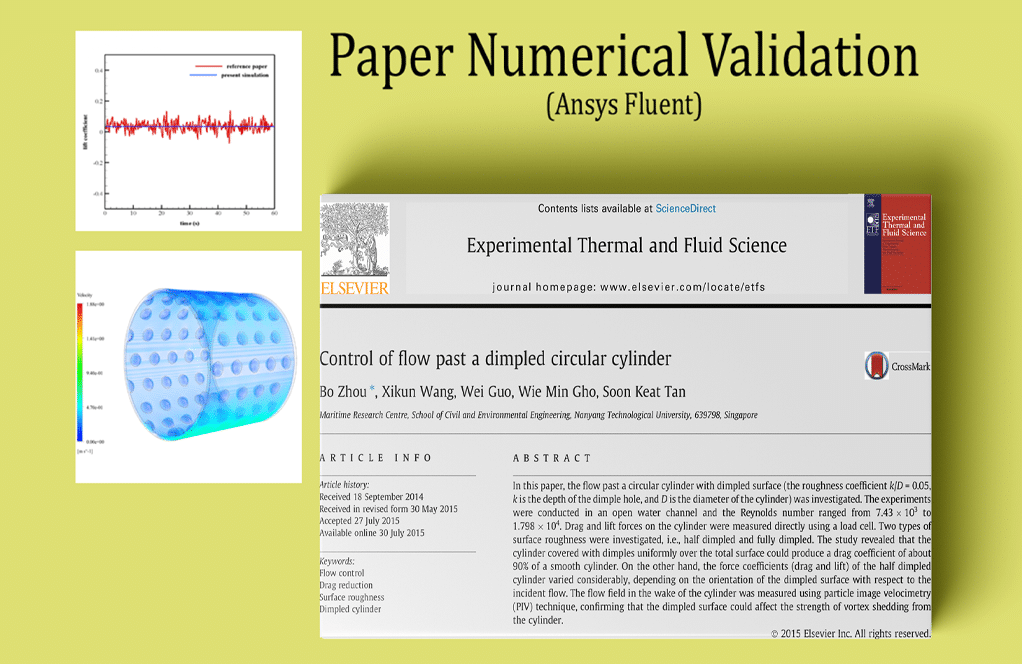

Reviews
There are no reviews yet.